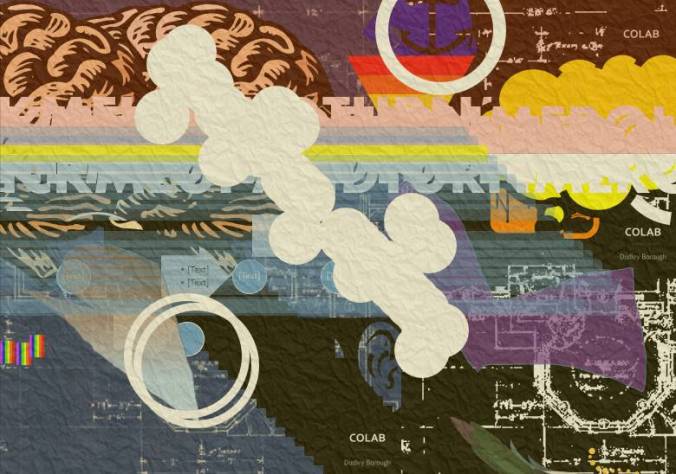
Andy Wright
Andy Wright is Head of Corporate Policy and Research in the Chief Executive’s Directorate of Dudley Council. He came along to our first CoLab Exchange session in which we explored co-production. Below are his reflections on the session and thoughts following it.
This was a really useful and thought-provoking workshop and thanks go to Lorna Prescott for presenting it!
Maybe the overall impression I took away from this was: coproduction sounds absolutely wonderful, and should be easy to achieve – but maybe not that easy to achieve, especially if one works within the structure of a large organisation.
Coproduction is a certainly refreshing concept. The way it gets people to think about what we have that we can use, instead of what we do not have, and all the reasons why we can’t, etc., is quite empowering. Clearly, the examples referred to during the afternoon, culminating in Incredible Edible, just show what can be achieved – not just about the idea itself but also about that ephemeral concept of “well being” in communities – something generations of policy makers have struggled but largely failed to manage to do.
The questions exercise we did – about marking oneself, ones project and ones organisation in terms of various facets of coproduction – I and a few others found quite difficult. Maybe that’s because inevitably you revert to marking your own personal aspiration (“I like to think I would score well because…”) rather than your performance, because – certainly within the Council – whatever I might like to do cannot be done without reference to the organisation itself, and all the various permissions that have to be sought first. Therefore, anything I get done is advanced or limited by the structures within which I operate.
As was pointed out at the workshop, the concept of removing all the familiar and comfortable structures can also be scary as well as empowering; and it probably applies not only to the large public agencies but also to community organisations, especially those that have evolved a kind of dependency relationship with their local Council.
It makes me ask the question: how can we take this forward as a large, public sector organisation? Probably the (relatively) easy part is by recognising that Councils occupy a valuable position as facilitators in a host of ways – sharing the physical space of our assets; “lending out” specific knowledge, skills and experience, especially when there are procedures that are unavoidable; and so forth. So far, so good. But that seems to place the Council on the fringe. What about initiating things? What about building, or helping to build, the platform itself?
One problem that is hard to avoid is the reality of public sector agencies being in the public eye, and accountable for spending public money – as should be the case, and never more so. So while Councils should be a lot more open to sharing, and supporting experimental innovation, they also risk the inevitable negative public reaction when they get it wrong – and that accounts in part for the cautious stance they often take.
But what if it’s not actually the organisations’ fault at all? What if it’s me? What CoLab has done for me is this: It has left me thinking seriously about: trying to imagine what I would achieve if all those barriers melted away…if I really could “just get on and do it” – and actually how many of those barriers are my own self-limiting beliefs?


 The highlight of our CoLab Exchange session on creativity was taking part in the d.school
The highlight of our CoLab Exchange session on creativity was taking part in the d.school 





